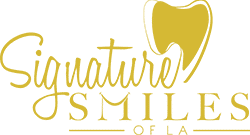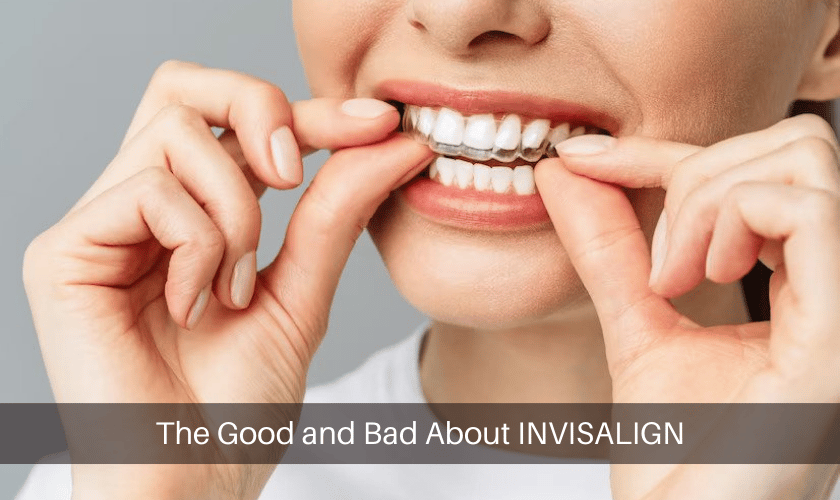The Good and Bad About INVISALIGN
Invisalign is an increasingly popular orthodontic treatment that has revolutionized how we straighten our teeth. Invisalign is a clear, removable set of aligners that gradually shift your teeth into the desired position straightening your teeth without the need for metal braces. Invisalign is used for both minor and major orthodontic corrections and it can be used by both teenagers and adults. Although Invisalign offers a variety of benefits, it does come with some drawbacks. Here we look at the good and bad about Invisalign.
The Good
Comfort
Removable Aligners
One of the most attractive features of Invisalign is that it uses removable aligners. This means that you can take off your aligners for eating, drinking and brushing your teeth, which makes it much more comfortable than traditional braces. The aligners are also made from a smooth, medical-grade plastic that won’t irritate your gums or lips.
No Food Restrictions
Unlike traditional metal braces, Invisalign does not require any food restrictions. You can eat whatever you want with the aligners on, as long as you brush your teeth after eating. This makes it much easier to maintain a balanced diet and helps prevent any dietary deficiencies that can occur with food restrictions.
Quicker Treatment
Another advantage of Invisalign is that it typically takes less time to complete treatment than traditional braces. Invisalign can usually be completed in six to eighteen months depending on the severity of your orthodontic problem. Traditional braces, on the other hand, often take two to three years or more to complete.
The Bad
Price
Expensive
One of the main drawbacks of Invisalign is that it’s more expensive than traditional braces. Depending on where you live, Invisalign can cost anywhere from $3,000 to $7,500. This makes it out of reach for many people who don’t have dental insurance or a flexible budget.
Not Covered By Insurance
In addition to being expensive, Invisalign is often not covered by insurance. Traditional braces can sometimes be partially or fully covered, but this isn’t usually the case with Invisalign. This makes it even more difficult for people with limited budgets to afford the treatment.
Not Suitable For Everyone
Another downside of Invisalign is that it’s not suitable for everyone. Invisalign aligners are only effective for certain orthodontic problems, so if your orthodontic issue is too complex, you may not be a candidate for Invisalign. This means that you may have to opt for traditional braces if that’s your only option.
FAQs
Q: Is Invisalign better than traditional braces?
A: Invisalign offers many benefits, such as comfort and quicker treatment than traditional braces. However, it’s not suitable for everyone and it’s more expensive than traditional braces. Ultimately, the decision to use Invisalign or traditional braces should be based on your individual circumstances and the advice of your orthodontist.
Q: How much does Invisalign cost?
A: The cost of Invisalign can vary depending on where you live and the complexity of your orthodontic issue. Generally, it can cost anywhere from $3,000 to $7,500.
Q: Is Invisalign covered by insurance?
A: Invisalign is often not covered by insurance, whereas traditional braces can sometimes be partially or fully covered. It’s best to check with your insurance provider before making a decision.
Conclusion
Invisalign is an increasingly popular orthodontic treatment that has revolutionized how we straighten our teeth. It offers many benefits, including comfort and quicker treatment than traditional braces. However, it also comes with some drawbacks such as a higher cost and not being covered by insurance. Ultimately, the decision to use Invisalign or traditional braces should be based on your individual circumstances and the advice of your orthodontist.


